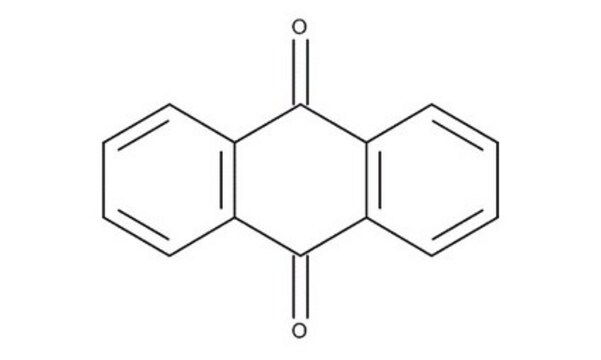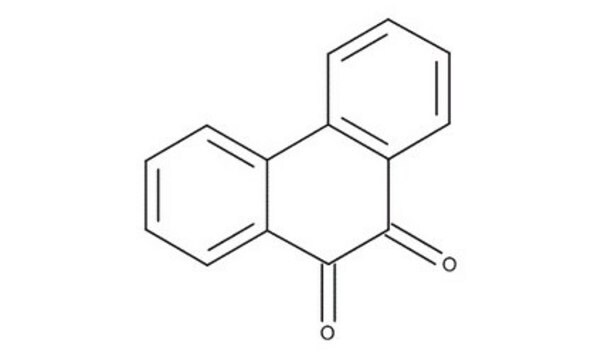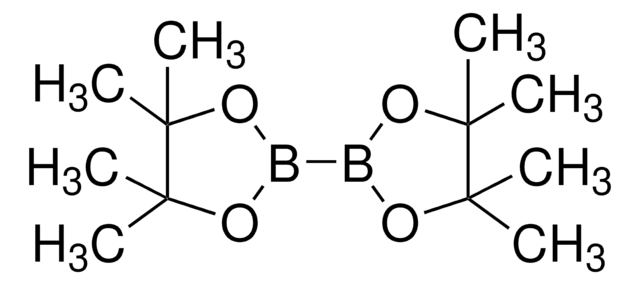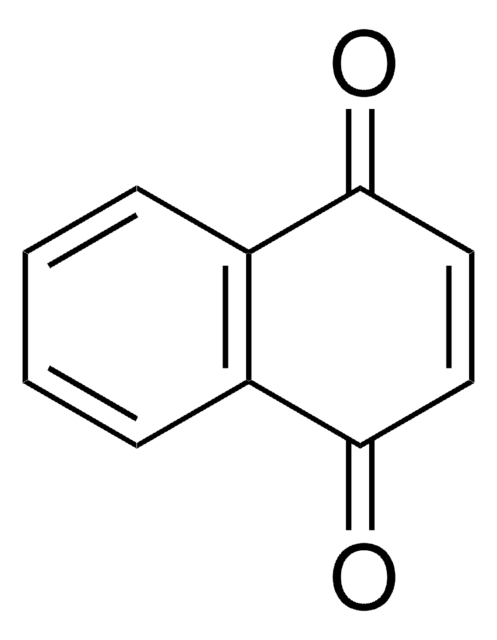About This Item
Recommended Products
grade
analytical standard
vapor density
7.16 (vs air)
vapor pressure
1 mmHg ( 190 °C)
packaging
ampule of 1 g
manufacturer/tradename
Chem Service, Inc. PS-926
technique(s)
HPLC: suitable
gas chromatography (GC): suitable
bp
379-381 °C (lit.)
mp
284-286 °C (lit.)
format
neat
SMILES string
O=C1c2ccccc2C(=O)c3ccccc13
InChI
1S/C14H8O2/c15-13-9-5-1-2-6-10(9)14(16)12-8-4-3-7-11(12)13/h1-8H
InChI key
RZVHIXYEVGDQDX-UHFFFAOYSA-N
Looking for similar products? Visit Product Comparison Guide
Application
signalword
Danger
hcodes
Hazard Classifications
Carc. 1B - Skin Sens. 1
Storage Class
6.1C - Combustible acute toxic Cat.3 / toxic compounds or compounds which causing chronic effects
wgk_germany
WGK 1
flash_point_f
482.0 °F - closed cup
flash_point_c
250 °C - closed cup
Choose from one of the most recent versions:
Certificates of Analysis (COA)
Sorry, we don't have COAs for this product available online at this time.
If you need assistance, please contact Customer Support.
Already Own This Product?
Find documentation for the products that you have recently purchased in the Document Library.
Our team of scientists has experience in all areas of research including Life Science, Material Science, Chemical Synthesis, Chromatography, Analytical and many others.
Contact Technical Service








